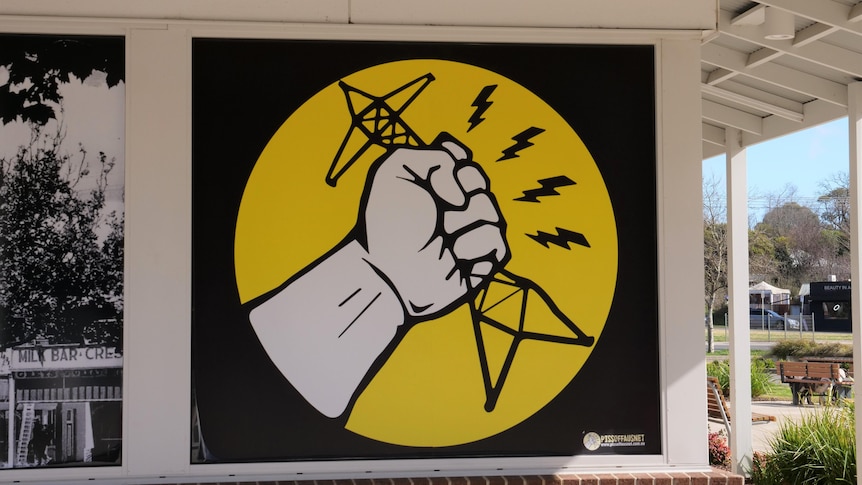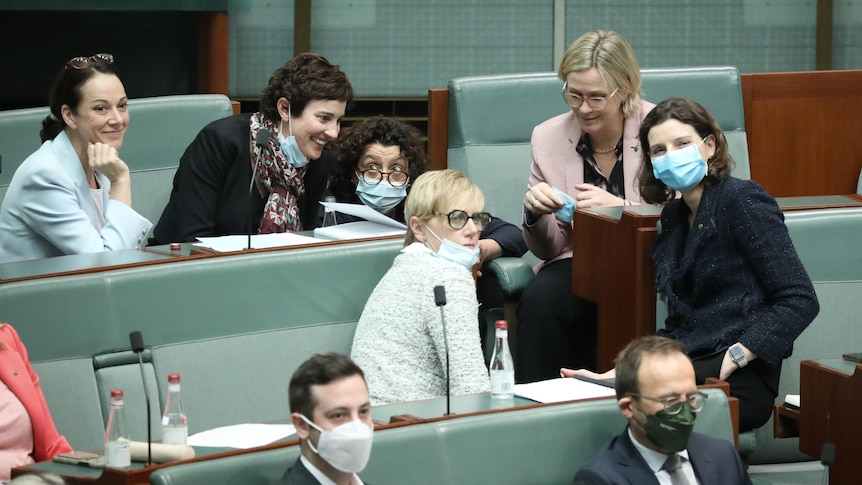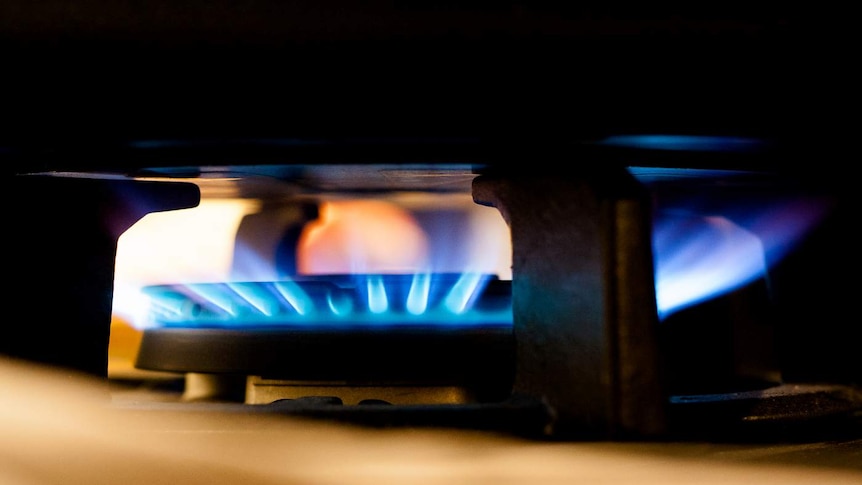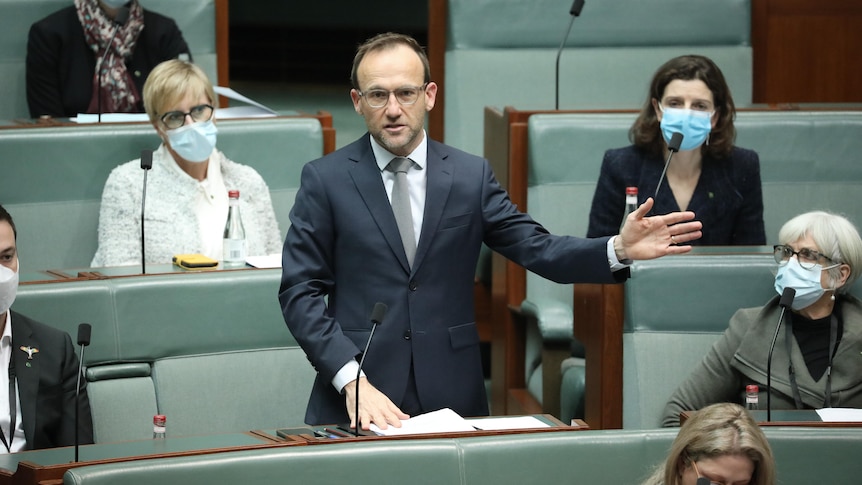Australian motorists could have saved $5.9 billion on fuel costs if efficiency standards were introduced in 2015, according to a report from The Australia Institute.
It’s one of the headline points from a discussion paper by the Canberra-based think tank, which argues how the country could benefit from fuel efficiency standards.
To give you an idea of the current state of play, Australia is one of the few developed nations without such regulations. Let’s have a look at what the report says.
Where does Australia stand?
Fuel efficiency standards are aimed at regulating carbon dioxide emissions.
They have been adopted by 80 per cent of the global light vehicle market.
But Australia doesn’t have them.
Usually, countries have a fleet average efficiency standard, which means that manufacturers pay a penalty if they exceed that target.
For example, a company could be penalized if they sell too many gas-guzzling SUVs.
To avoid this, companies are encouraged to sell low-emissions vehicles to meet the average efficiency standard for the fleet of cars they sell.
The report’s author, Audrey Quicke, says the introduction of these standards would reduce Australia’s transport emissions, which account for 18 per cent of the nation’s total emissions.
It’s argued that this move would also save motorists money, increase the availability of electric vehicle models in Australia and reduce the nation’s reliance on imported oil.
According to the report, higher standards would save motorists money because more efficient vehicles use less fuel to travel the same distance.
OK, where does that $5.9 billion figure come from?
The report estimates Australians could have avoided spending almost $6 billion on fuel if efficiency standards were introduced about six years ago.
That means Australia could have imported 4000 megalitres less oil and about 9 million tonnes of carbon dioxide could have been prevented from going into the atmosphere.
The report used estimates from three researchers — Robin Smit, Jake Whitehead and Nic Surawski — and data from 2016 to 2021 to come up with the $5.9 billion figure.
You can read how the researchers came up with their workings in the full The Australia Institute report.
Why don’t we have fuel efficiency targets like other countries?
Disinformation and misleading claims about the costs of efficiency standards have been the barrier to their introduction for more than a decade, according to the report.
There have been multiple attempts to introduce fuel efficiency targets over the years.
Reports, a private members bill, an inquiry and government commitments on the issue dating back to 2008 have all been unsuccessful.
Voluntary rules have been in place in Australia since the 1970s, and a new industry-led emissions standard was introduced in 2020 for passenger cars and SUVs.
The report says these standards, led by the Federal Chamber of Automotive Industries (FCAI), are weak compared to international standards.
“Under the voluntary standard there is no incentive to meet targets and no penalty for noncompliance,” the report says.
“Results from the voluntary scheme, released in March 2022, show most car brands in the passenger car segment failed to meet their brand-specific emissions targets.”
The FCAI wants the current voluntary standards to continue.
Why is this report coming out now?
Now is the time for action, according to The Australian Institute’s climate and energy program director Richie Merzian.
He says Australia needs to phase out internal combustion engine vehicles and limit the sale of new ones by 2035.
“Cars can only last for 15–20 years. If you want to clean up your fleet, you need to start now,” he said.
“And you start not just by pushing for more electric vehicles, which are great, but for cleaning up the existing ones.”
His group will also co-host an electric vehicle summit being attended by the federal Climate Change and Energy Minister, Chris Bowen, next month.
“This is the opportunity to finally once and for all commit to this and this has been done and talked about for the last 20 years. Now is the time for action,” Mr Merzian said.
Emissions from transport make up one-fifth of Australia’s total and are among the fastest-growing sources nationally, making the sector key to achieving the national target of a 43 per cent cut in emissions by 2030.
Who is phasing out internal combustion engines?
As a start, the European Union. The bloc has agreed to phase out the sale of new internal combustion engines passenger by 2035.
In Australia, the only jurisdiction aiming to do something similar by 2035 is the ACT, which made the announcement last month.
Could it make electric vehicles cheaper?
Demand for electric vehicles in Australia is currently outstripping supply.
Electric Vehicle Council chief executive Behyad Jafari said the introduction of fuel efficiency standards would encourage manufacturers to increase supply to Australia.
“If we want to see larger and more frequent shipments of EVs to Australia, the government should ignore the weak standards some in industry are lobbying for,” Mr Jafari said.
ABC/wires
.




